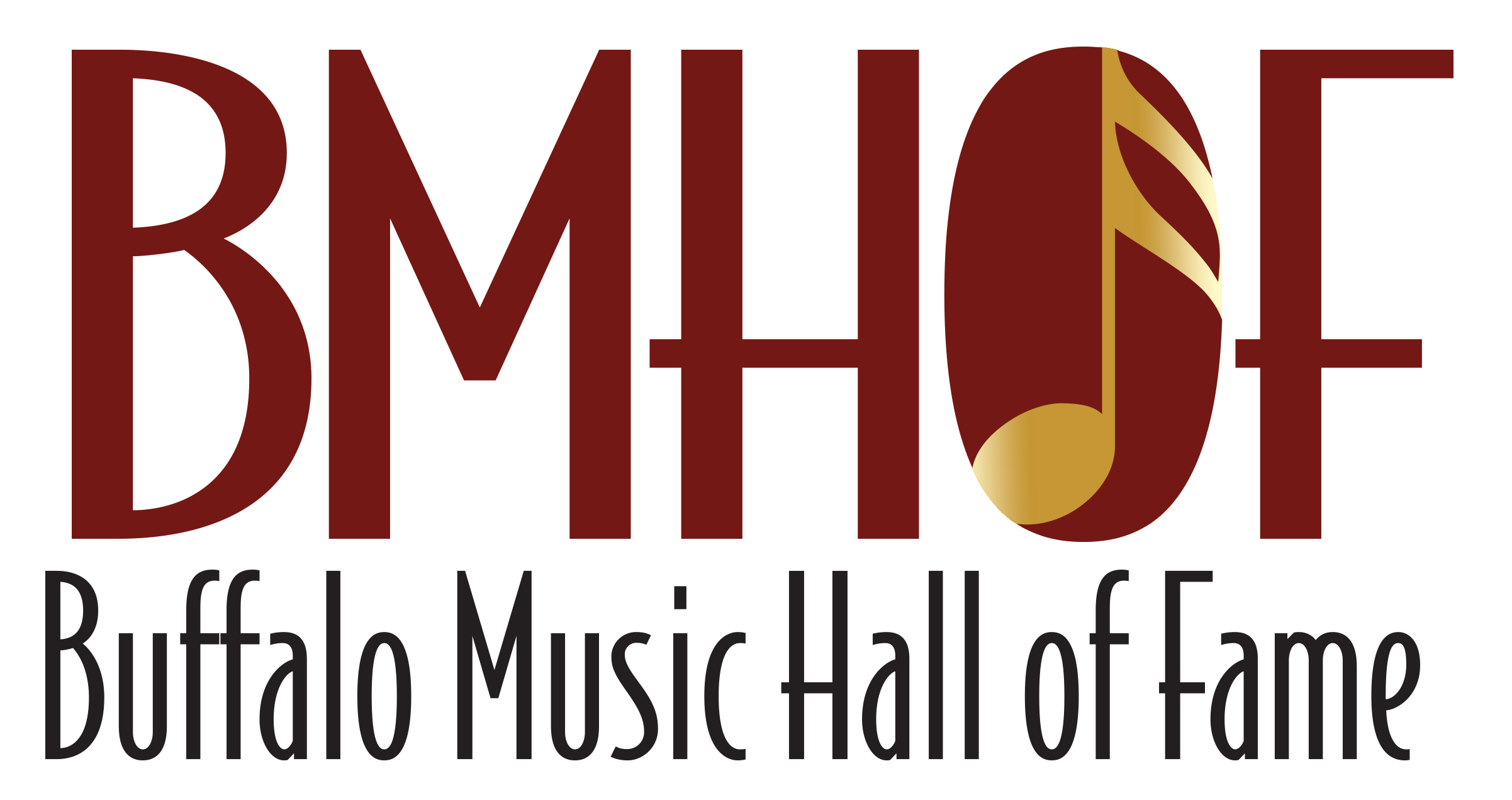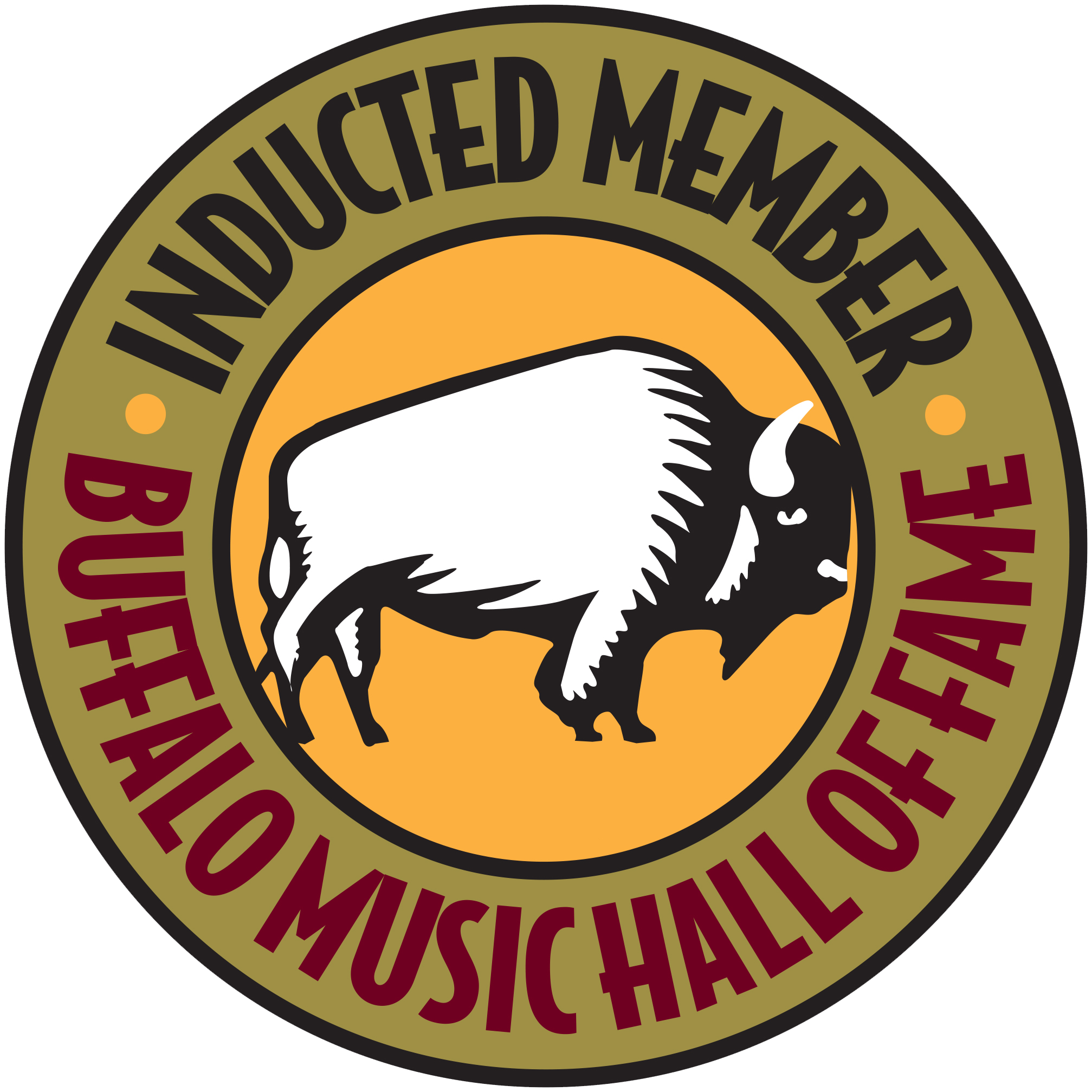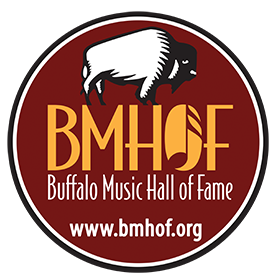





PATTI PARKS - BMHOF CLASS OF 2016

Liza Minnelli, Broadway lights and a first chair cellist: these were the things that were running through the mind of 16-year-old Patti Parks. “I know, it’s weird,” explained a sweet-voiced Patti over the phone recently, relaying her unique story of how she became a renowned blues singer -- and a member of the Buffalo Music Hall of Fame.
“Liza Minnelli was my idol,” said Parks. Watching and listening to Minelli perform played a significant role in Parks’ performance in her youth.
But how did she go from being a fan of bright lights and the Broadway stage to the more rustic sounds of one of America’s earliest genres of music?
It all started when she was 16 years old and studying at the Community Music School under the first chair cellist of the Buffalo Philharmonic. She participated in the Cheektowaga Symphony Orchestra as a student intern and played with city-wide school orchestras for most high school musicals held around town.
She was extremely busy with her music as she recalls having great excitement over being invited to a tea held by the president of Buffalo State College, where professional classical string musicians would play and she would join in.
“It’s almost like I was in a jam with professionals,” said Parks, laughing. “At that time I thought I wanted to be in a philharmonic, but I was also realizing there are not that many seats.”
But Parks discovered she could sing and decided to give the microphone a try.
After seeing an ad in the paper for a band called the Good Life Trio looking for a singer, 18-year-old Parks answered it and joined the band. However things started to get complicated when the band was about to embark on a tour.
“The members were much older than me and my mother said, ‘absolutely not! You’re not going,’” Parks said. Shortly after that, Parks was married.
“There was no music in my life,” Parks stated quietly.
Twenty-eight years later, Parks would revisit the stage again, though. Parks met her old bandmate from the Good Life Trio, Guy Nirelli, at the 100th Anniversary of Harley Davidson in 2003. Nirelli would go on to become her bandmate, husband and producer.
Nirelli told Parks to look into the blues and to start singing.
“Guy said, ‘Once you get a microphone in front of you, it’s all over!’
It was a welcome return.
“I became sick when I grew apart from music. I had a rough go of things,” Parks said. “As everyone has a story, my life situation was not pleasant except for my beautiful children and family. I was in a scary place at the time. It was hard to get back to into it. I had to close my eyes when I sang, I was so nervous.”
Soon, however, Parks came into her own. By 2006, the Patti Parks Band had won the Memphis Bound Competition funded by the Blues Society of Western New York. The band traveled to Memphis’ Beale Street and performed among 150 bands in a global blues competition, representing Buffalo.
Here are some highlights of Parks’ career with her band since she has returned to the music scene:
- She released an album called “Cheat’n Man” that charted nationally and internationally and received global acclaim in the media.
- Participated in an international documentary on women in the blues from Australia.
- Was featured in international interviews, including the famous “Purple Haze” radio show from Belgium.
- Was featured in the Women in Blues concerts in Memphis on Beale Street for the last three years.
- Performed at famous venues as B.B. King’s, Rum Boogie, Hard Rock and Ground Zero in Tennessee.
- Has as opened up for performers such as George Thorogood, Grand Funk Railroad, Kelley Hunt and Jimmy Thackery.
- Named “Best Female Blues Artist” by Nightlife magazine for several years
- Featured in festivals and events such as Curtains Up, Taste of Buffalo, Canalside Buffalo, Ellicottville Blues Festival, Niagara Thunder, Kalamazoo Blues Festival, Blues in the Valley, the M&T Concert Series and many more.
And as if taking Buffalo blues around the world wasn’t enough, Parks felt as though she could do more with the blues.
“If your body, mind and spirit are not together,” said Parks, “you’re not together, bottom line.”
After going through 28 years devoid of music and singing, Parks wanted to reach out and share her music experience and love of music.
In 2015, Parks put together the “Nursing N Blues” program, a program that incorporates blues into music therapy.
The program uses a board-certified music therapist. It also includes blues American history. “
“We started at the Kids Escaping Drugs facility with 14-year-old girls with issues with chemical dependency,” Parks said.
The program now serves two facilities, including Horizon Village for older young adults.
Nurs’n Blues is an adjunct music therapy program that uses the blues as a vehicle to express feelings and emotion.
Parks coordinates fundraisers throughout the year to help support this program. She works closely with other agencies
and organizations such as the Blues Society of Western New York.
She hopes in the future to work with other national and regional areas to develop this program.
By Lucy Bell